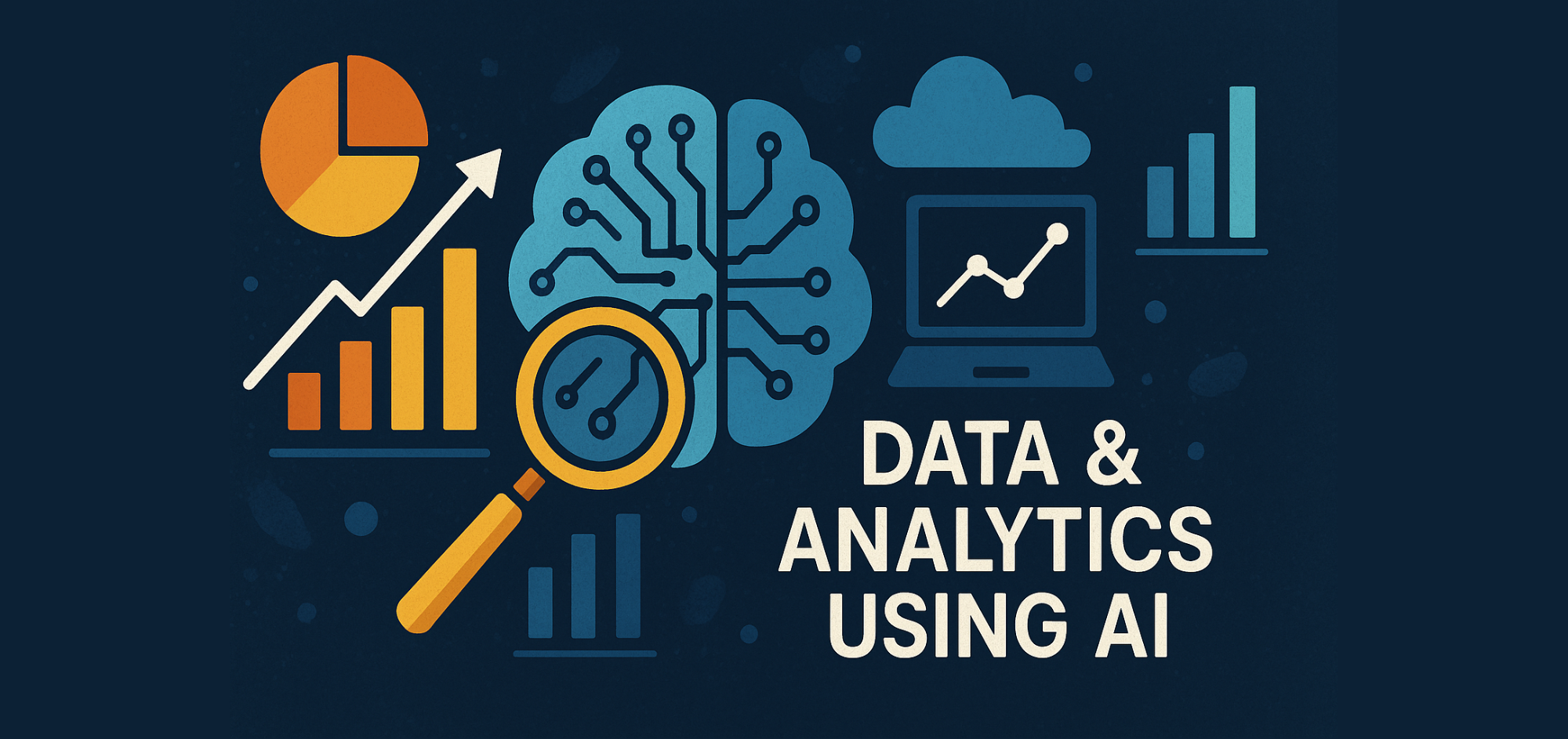Arturo Souto , DR © Tinta y acuarelas sobre papel Esta es una reproducción digital, con fines de divulgación, de una obra original, todos los derechos de autor y reproducción están reservados por el coleccionista.
Rogue Scholar Beiträge
Negociaciones con el poder en el siglo XIX. Parte I por Catherine Andrews El libro El pueblo y el poder: repertorios en la formación de una cultura política.

This is the August issue of the monthly newsletter from the Rogue Scholar science blog archive. The newsletter reports on new blogs that have joined the platform, important technical updates in Rogue Scholar infrastructure, community updates, and other news relevant to Rogue Scholar users. Blogs added to Rogue Scholar Three blogs were added in August, with a few more in progress, requiring additional work. Welcome everybody!

Reading RSS/Atom feeds as a way to aggregate and keep track of updated news, blogs etc. has been something that has accompanied me for around 20 years by now.
Biodiversity research is supported by an ever-increasing volume of citizen science observations, on platforms such as Waarneming.nl/Observation.org and iNaturalist.org. Taxonomic expertise is essential to sustain these platforms, but can be difficult to spread due to the decentralized nature of many citizen science projects.

Introduction We live in a world overflowing with information. Every click, every purchase, every social media post creates data. But data on its own is just noise — the real value is obtained only when we turn that data into insights . That’s where analytics comes in. With Artificial Intelligence (AI), data analytics has become faster, smarter, and more powerful than ever.

My new monograph Publishing Beyond the Market: Open Access, Care, and the Commons is published this week by the University of Michigan Press. You can download it or purchase a print copy here https://press.umich.edu/Books/P/Publishing-Beyond-the-Market.

Das Herzstück des European Diamond Capacity Hub (EDCH) ist ein wachsendes Gemeinschaftsnetzwerk, das von zwei wichtigen Säulen getragen wird – der Registry und dem Forum. Beides sind virtuelle Räume, die die Vernetzung zwischen den Mitgliedern der Diamond Open Access (OA) Community in Europa fördern sollen.

In process
We've been having great fun at the EEG recently releasing embeddings of our new TESSERA geospatial foundation model. A foundation model is designed to be used for downstream tasks without having to retrain a full model for every individual task.

Zertifikatskurs Wissenschaftliches Publizieren und Open Science : Kompetenzen für wissenschaftliches Publizieren und Open Science in der digitalen Forschungswelt Die Universität des Saarlandes bietet eine spezialisierte Online-Weiterbildung mit Zertifikatsabschluss (Universitätszertifikat „Wissenschaftliches Publizieren“ mit 10 CP) zum Thema „Wissenschaftliches Publizieren und Open